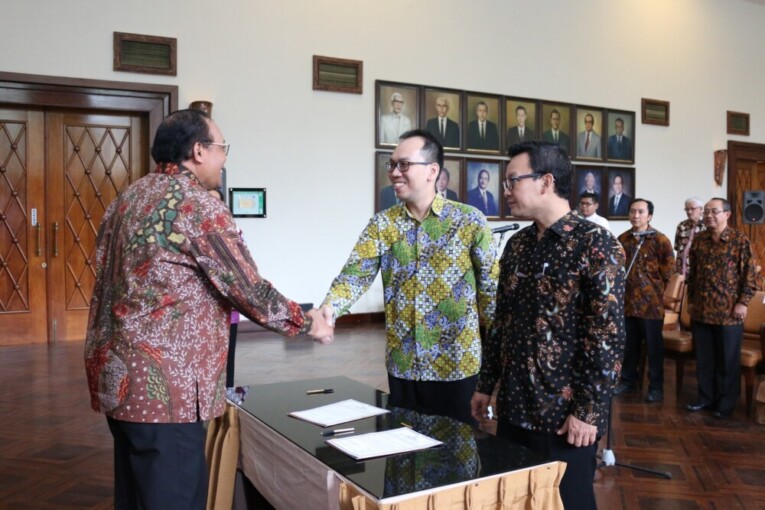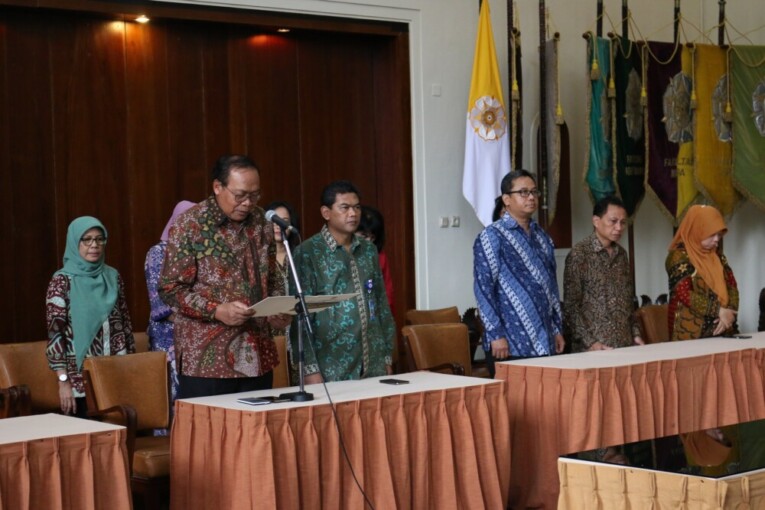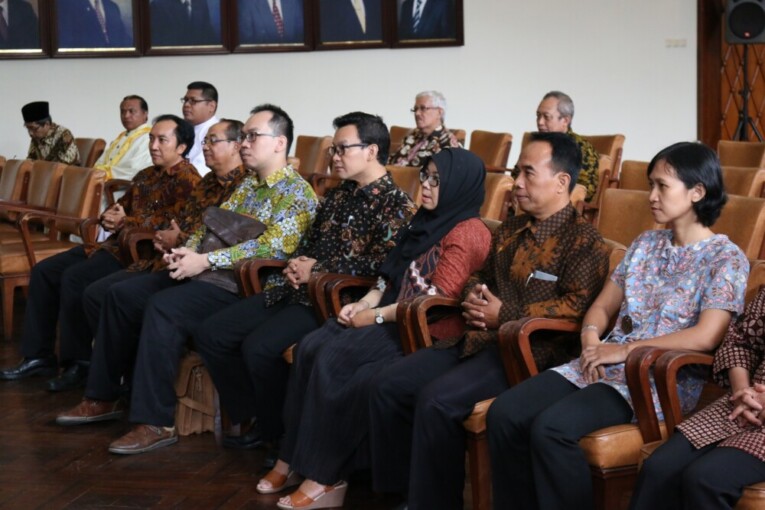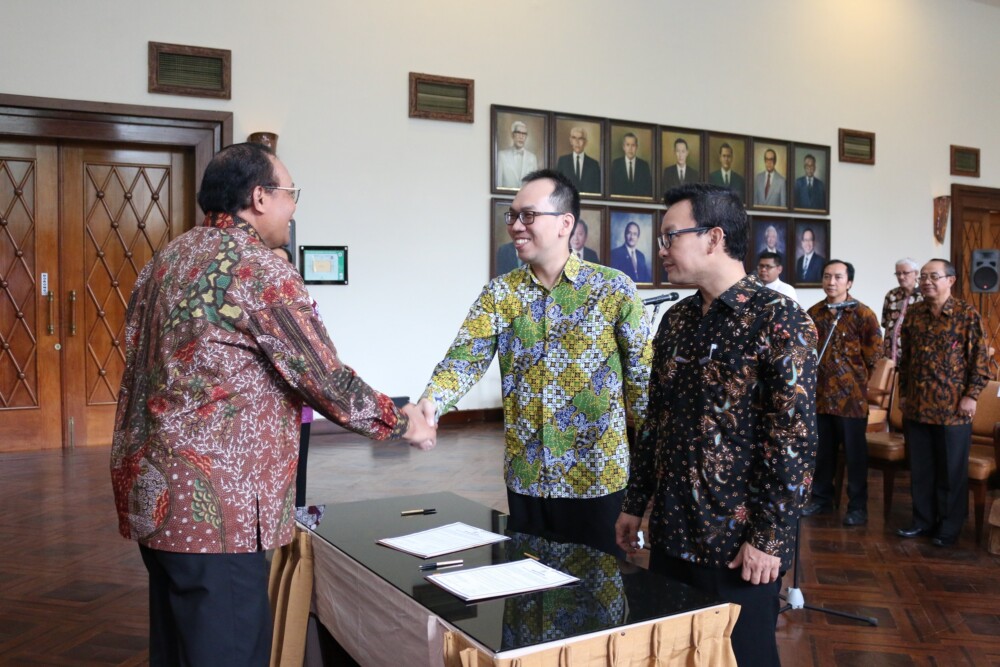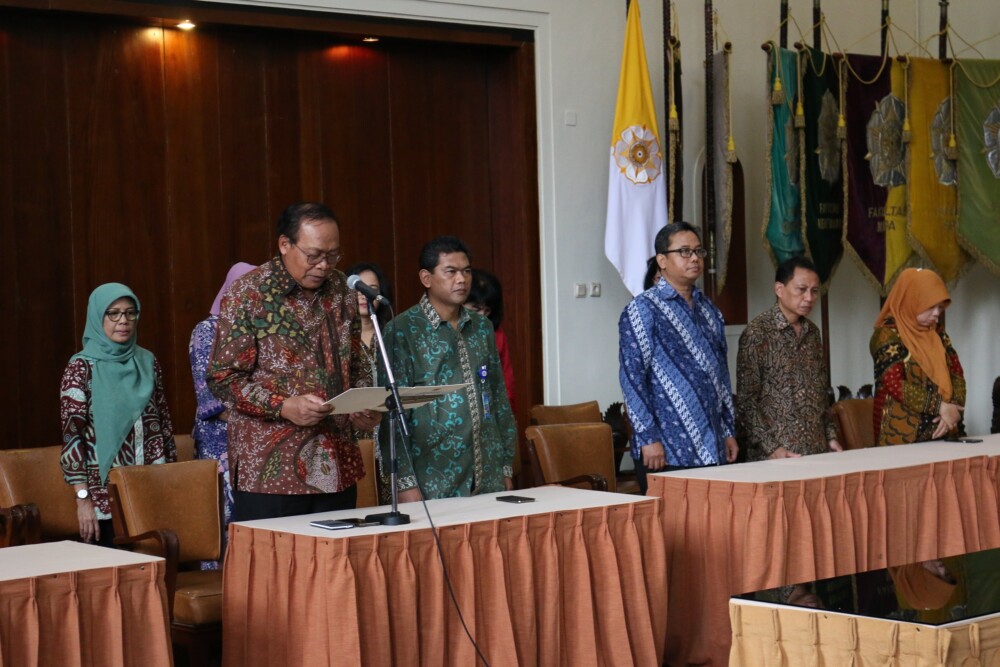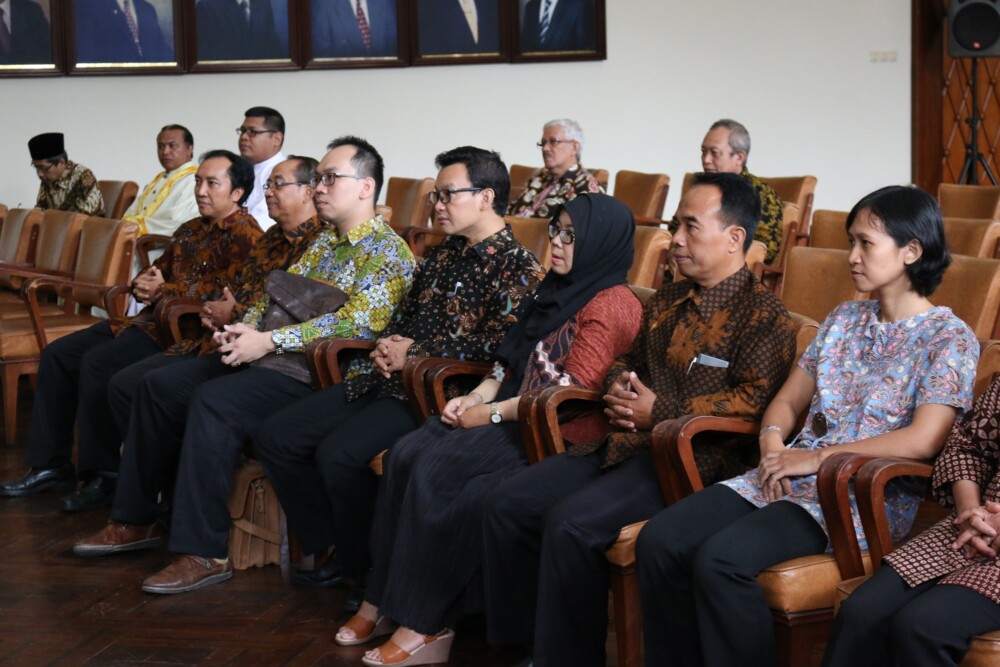Upwelling phenomenon is popping up in the waters of the Indian Ocean, precisely in the southern islands of Java, Bali and Nusa Tenggara. The rising mass of sea water from the inner layer to the surface layer which bring plankton reaches its peak in August.
“The highlight of upwelling generally occurs in August as indicated by upwelling in the waters of southern islands of Java, Bali and Nusa Tenggara and high levels of chlorophyll-a concentration,” said researcher at the Research and Marine Observation Institute, Denny Wijaya Kusuma, S.Pi. , M.Si., Monday (31/10) on his doctoral exam at the Faculty of Geography UGM.
On that occasion, Denny defended his dissertation entitled “The combination of Remote Sensing Data With Oceanographic Data for Observations and Analysis For Upwelling in the Indian Ocean“, promoted by Drs. Projo Danoedoro, M.Sc., Ph.D., and co-promotor Prof. Dr. Hartono, DEA., DESS., and Prof.Dr. Sunarto, MS.
Denny explained the results of the upwelling detection study using remote sensing data indicates the area with cool sea surface temperature followed by increased concentrations of chlorophyll-a. This shows that the condition of the sea surface temperature may represent upwelling events that can generate a spatial map of upwelling events in detail.
While the fastest way to identify the upwelling events could be done by spatial filtering methods. Nevertheless, it requires to define the cool sea surface temperatures that characterize the incidence of upwelling, upwelling event identification method with fuzzy provides a detailed description of the occurrence of upwelling in the area of the incident, as well as the method of identification with the chlorophyll-a as a limiting factor.
Denny added that the results of the study showed a significant relationship between sea surface and oceanography data from July to October. The high correlation occurs in the surface with depths of 100 and 200 meters. This shows sea surface temperature conditions was greatly affected by the temperature to a depth of 100 meters.
“The results of this study are expected to increase fisheries production, especially for fisheries in the waters of southern island of Java, Bali and Nusa Tenggara. In addition, this information is expected to save operating costs, particularly fuel that is used for fishing boat,” he concluded. (UGM / adelily)


